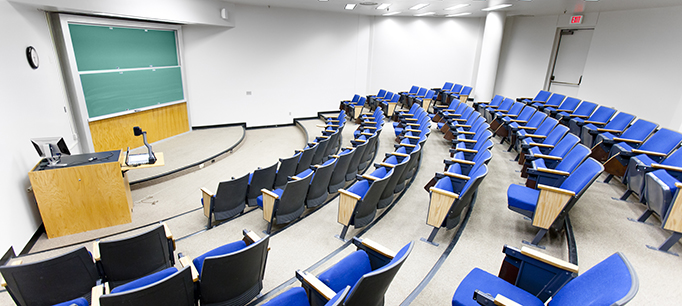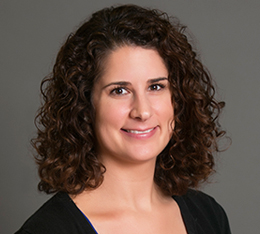California’s private for-profit colleges are in flux now that the US Department of Education has parted ways with the Accrediting Council for Independent Colleges and Schools (ACICS)―one of the largest for-profit accreditation agencies. Former education secretary John B. King Jr. based his decision to reject ACICS’s bid to continue overseeing hundreds of colleges nationwide on findings that ACICS was allowing colleges such as ITT Tech and Corinthian Colleges (known as Everest College in California) to keep their accreditation despite very low graduation rates and allegations of fraud and predatory practices.
This decision—which is being appealed by ACICS—is important because without accreditation, colleges cannot receive federal Pell Grants and student loans. ACICS-accredited schools across the country received $4.76 billion in federal student aid in 2015. Even though these schools have 18 months to gain accreditation through other agencies, some fear they will not meet the deadline since gaining accreditation is a lengthy process. Without accreditation, colleges may be forced to shut down, which could affect up to 600,000 students nationwide.
How might this decision affect students in California? The most recent enrollment data from the Integrated Postsecondary Education Data System and the Bureau for Private Postsecondary Education indicates that campus closures would not have a major effect on overall student enrollment. (This data is from 2014, so to get closer to what for-profit enrollment looks like today, I subtracted enrollment at colleges that have closed since then: Brooks, Everest, Heald, International Academy of Design and Technology, ITT Tech, Sage, TransWestern Truck Driving School, Westwood, and Wyotech.) In California, ACICS oversaw 53 campuses, including Le Cordon Bleu College of Culinary Arts and Kaplan College (which was recently acquired by Brightwood College). In total, 26,478 students attended ACICS colleges; this number represents 11.1% of for-profit college enrollment and only 1.1% of California’s total postsecondary student population.
However, the 26,500 students who could be displaced by campus closures may face difficult decisions. These students have several options: they could transfer to another college, apply to have their loans forgiven by the federal government, or apply to the state student tuition recovery fund for reimbursement. But none of these options are perfect. Community colleges that accept for-profit students may not accept all of their credits. Enrolling in another for-profit carries the risk that it will close, too. Students who apply for federal loan relief may experience long waiting periods, and there is uncertainty about whether this relief will continue. At the state level, the student tuition fund may not refund all of a student’s debt.
It is possible that the Trump administration will loosen for-profit regulations, which may forestall additional campus closures. But given the uncertain future of this sector, along with low graduation rates and high levels of student debt at many for-profit colleges, students may want to find alternative programs in the public and private not-for-profit sectors.
Visit the PPIC Higher Education Center


